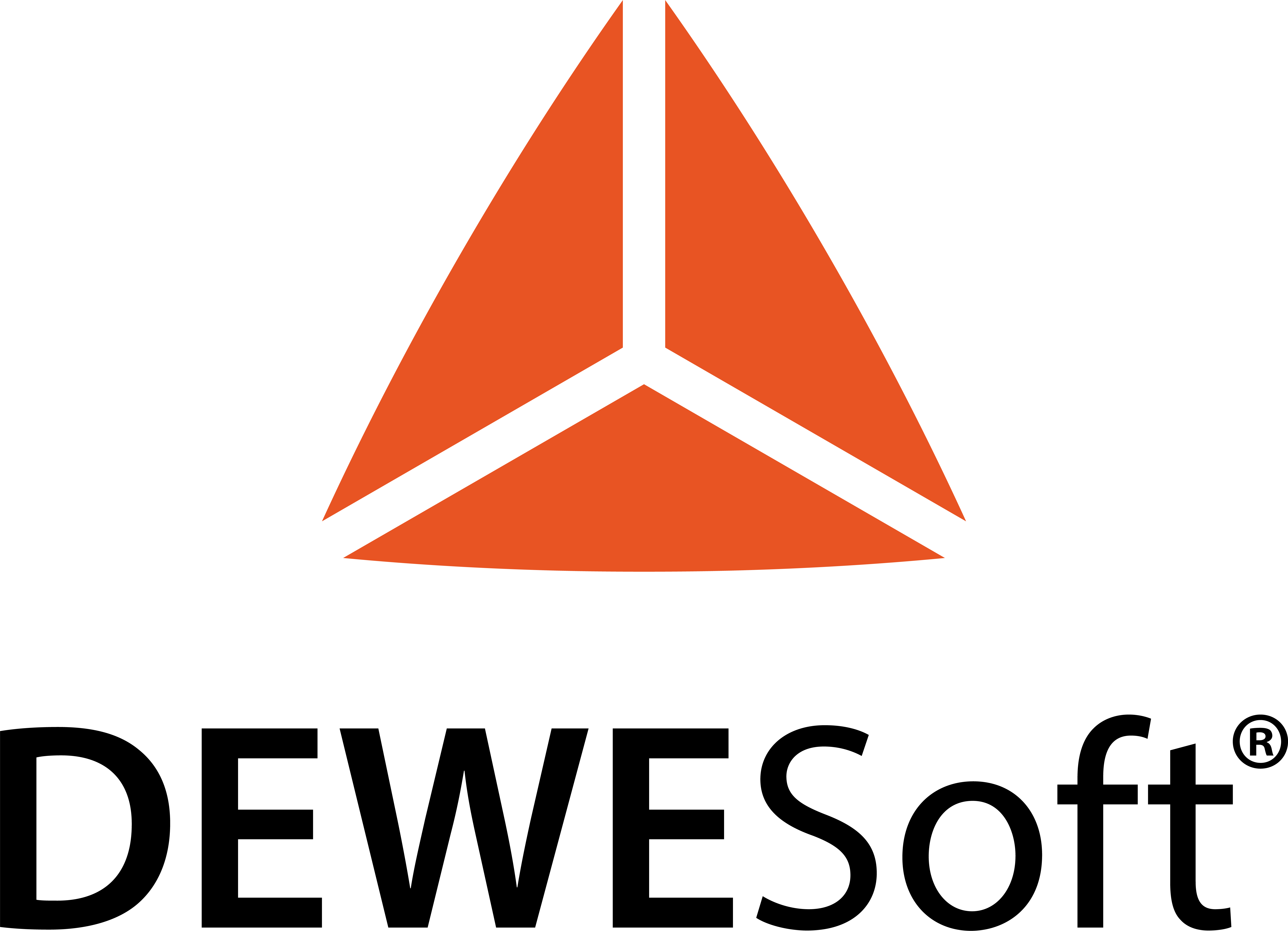Deep Insight
End-of-line battery testing
As battery technology evolves, so the process of testing it all becomes more complex, as Peter Donaldson discovers.
End-of-line (EOL) testing for EV battery packs is a critical step in ensuring their performance, safety and longevity, and that of the vehicles they power. As battery technologies evolve, so do the complexities of testing them.













